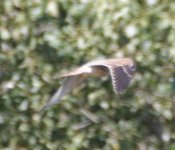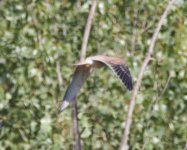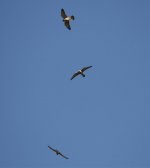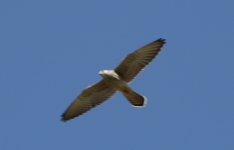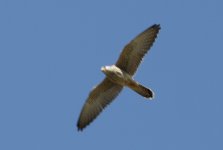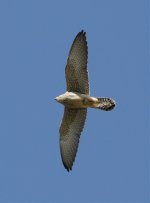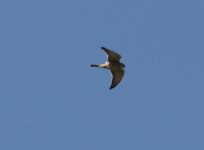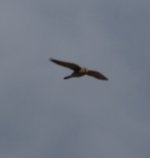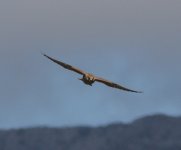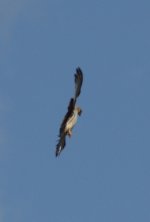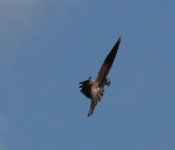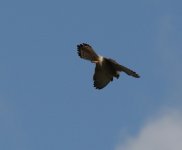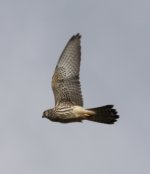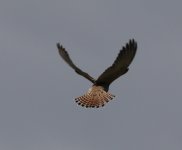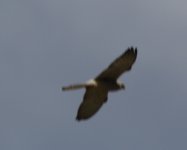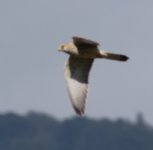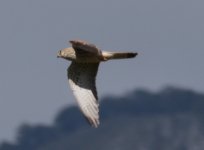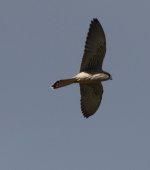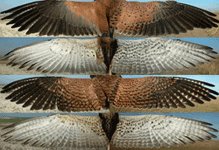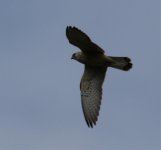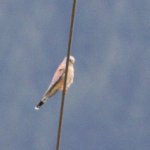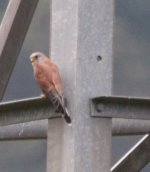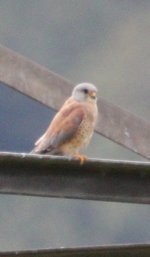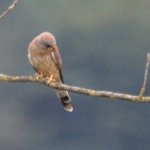rosbifs
PutAin STOP

I was making a tour of the lake today and suddenly surrounded by Kestrels! And after 10 minutes of hunting there were none. At least a couple were eating insects in flight and thinking this was my best chance to get a picture of their claws I tried but failed!
I managed to take some pictures but of which bird or birds I have no idea.
I can see a lot of features of each type but I can't make my mind up - autosuggestion wishing etc so need some fresh eyes.
I can see a lot of P10 longer than P7, I can see some open white faces (just female common?), I can see some black wing tips but I don't think black or deep enough, one of the hovering birds does have a hint of light claw but again could be me, hint of greyish rump, pointed tail...
There are about 20 pictures.
Anyway, for this time of year its a good exercise...
I managed to take some pictures but of which bird or birds I have no idea.
I can see a lot of features of each type but I can't make my mind up - autosuggestion wishing etc so need some fresh eyes.
I can see a lot of P10 longer than P7, I can see some open white faces (just female common?), I can see some black wing tips but I don't think black or deep enough, one of the hovering birds does have a hint of light claw but again could be me, hint of greyish rump, pointed tail...
There are about 20 pictures.
Anyway, for this time of year its a good exercise...




